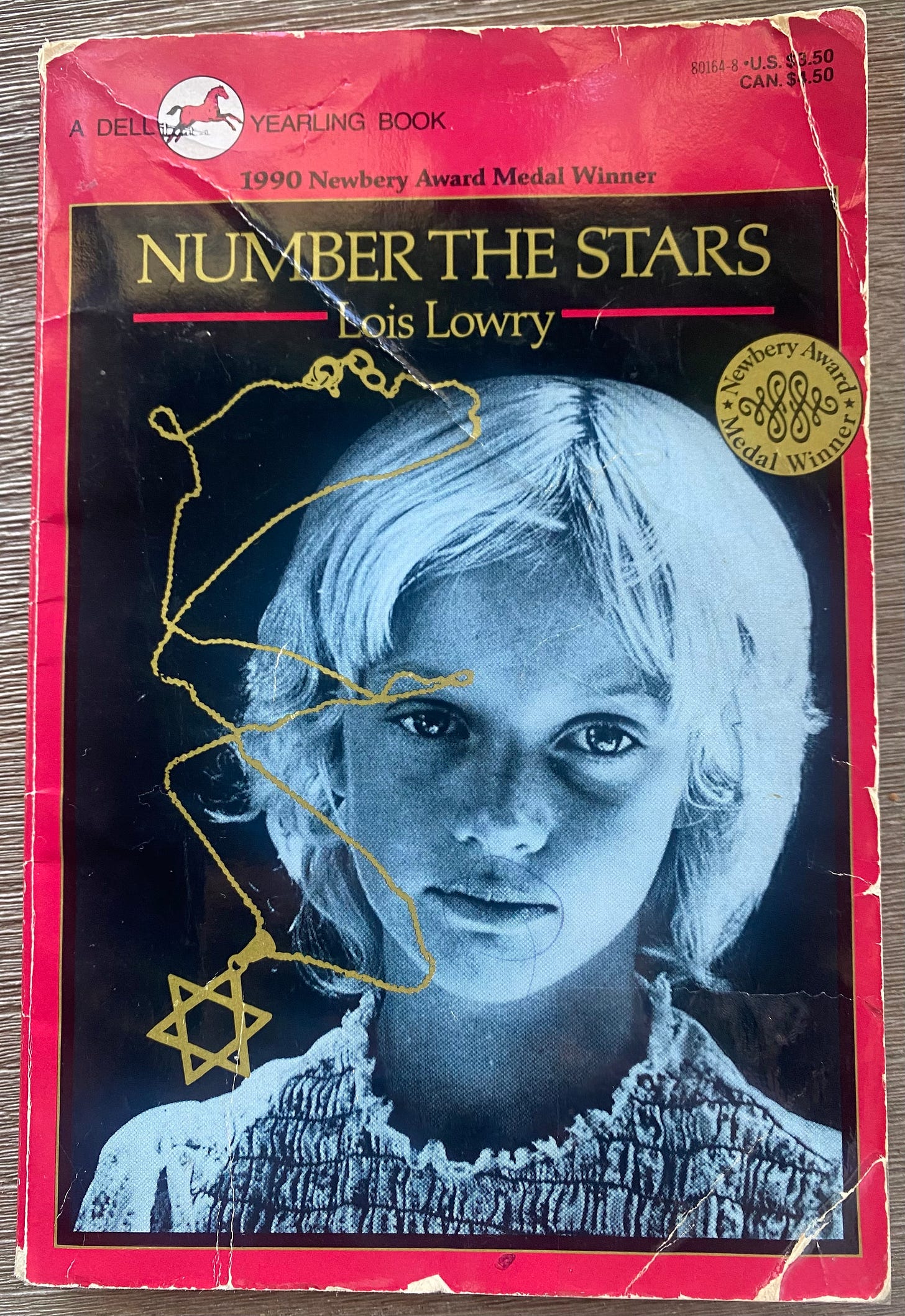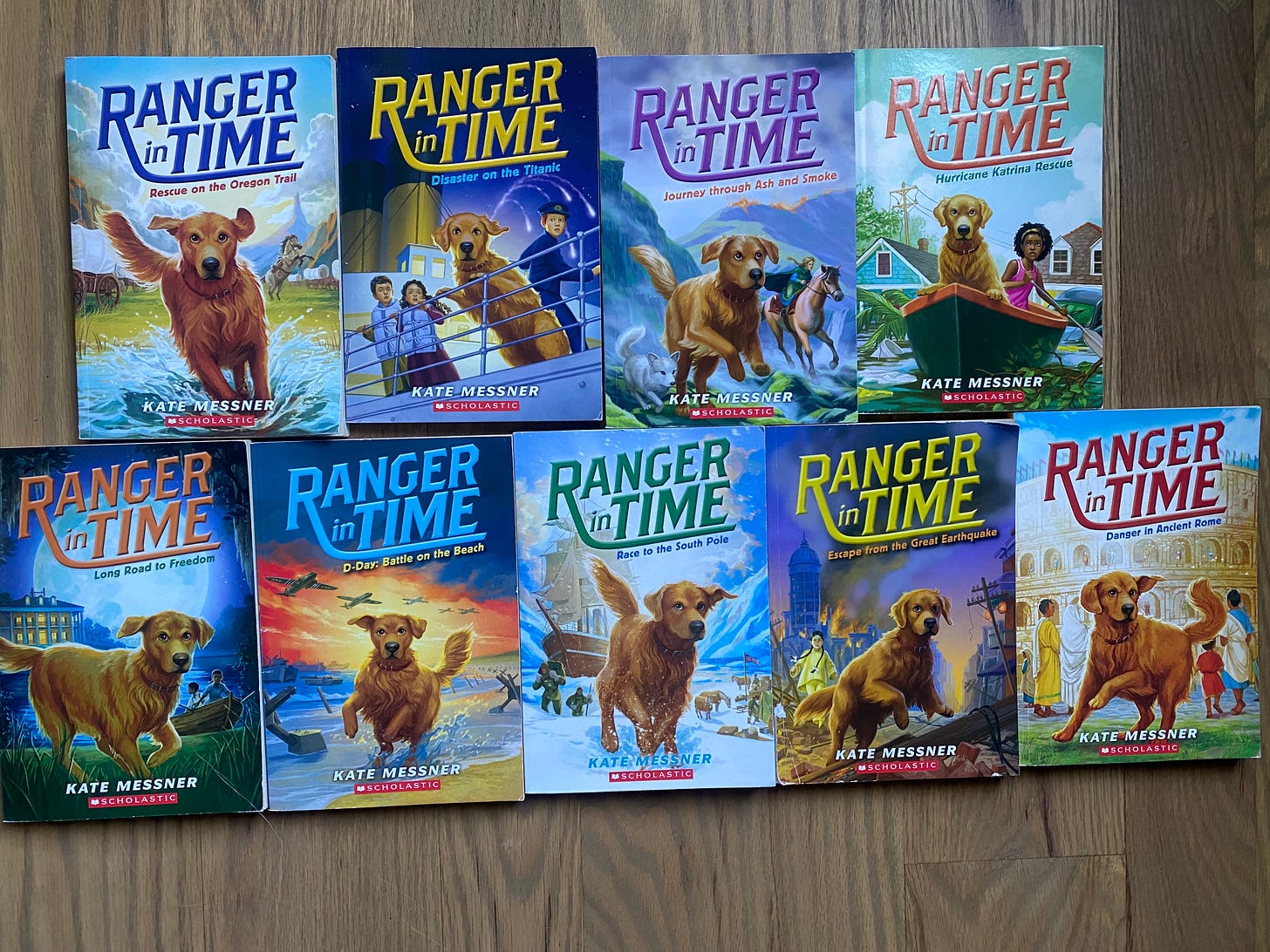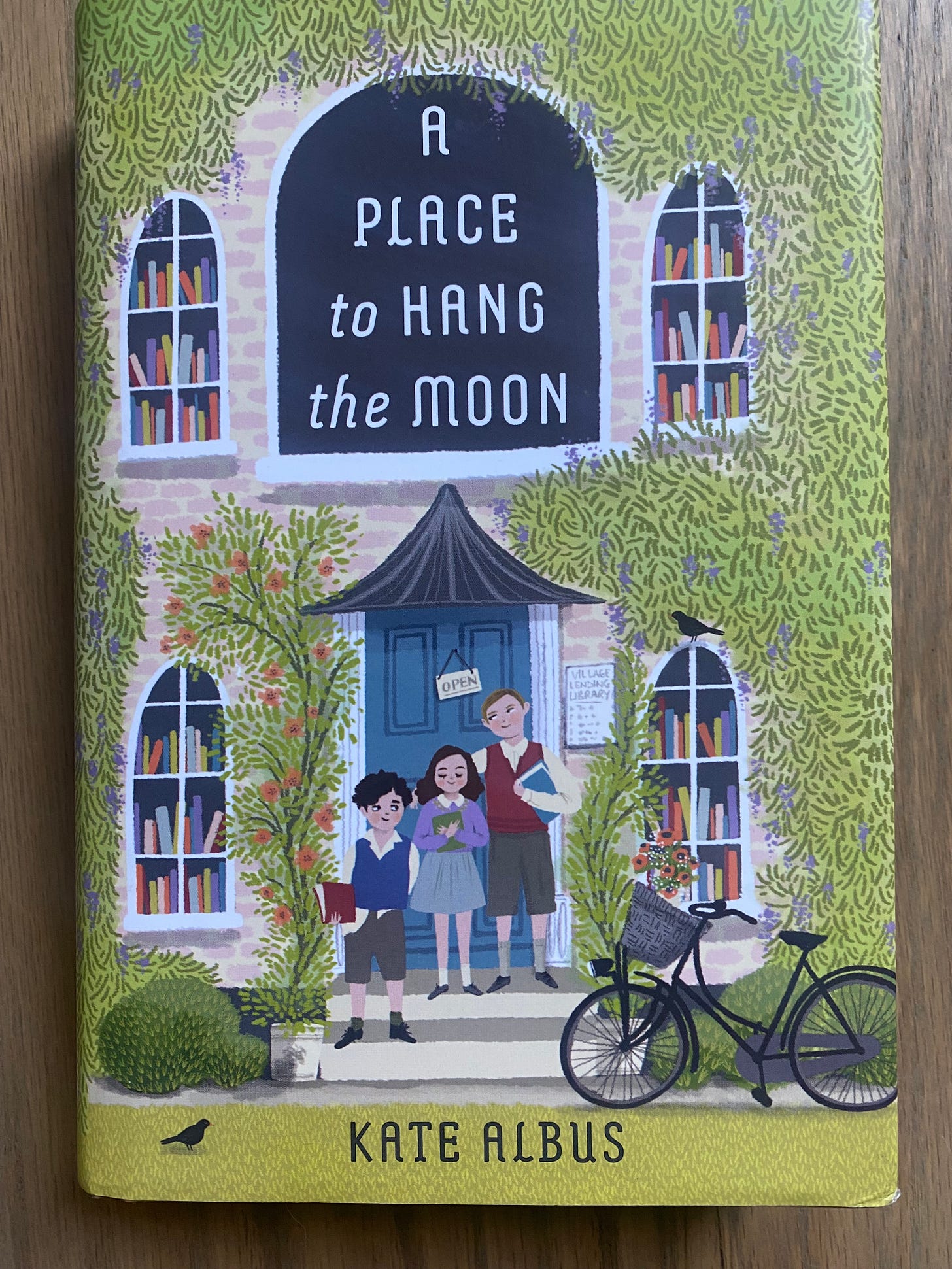Hello everyone!
Do you remember the first book you loved? A book that stuck with you for years after you finished it, a book that perhaps remains in your heart even now?
(This isn’t a rhetorical question-I’d love to hear from you in the comments below!🥰)
Number the Stars, by Lois Lowry, is that book for me.
I can’t effectively describe the impact it had on me, except to say that it was the first time a book gripped me and shook me awake.
If you aren’t familiar, Number the Stars personalizes the story of Denmark's heroic rescue of its Jewish citizens from the Nazis during World War II. It follows a courageous 10-year-old Danish girl who helps her family smuggle their Jewish friends to safety.
In fourth grade, I had heard about the Holocaust. I knew it was a terrible time in history, but (sadly) it didn’t really impact me. History was stuff that happened a long time ago, and to be honest, it was kinda boring. How did any of those dates and statistics affect me, a 10-year-old girl living in suburban Chicago?
It wasn’t until I stepped into the shoes of Annemarie Johansen and her best friend Ellen Rosen—also 10-year-old girls—that it hit me, and hard.
The Holocaust, World War II..this happened. And it happened to girls just like me.
And I’ll tell you what happened to me after reading this book, by living vicariously through Annemarie and Ellen. I developed empathy and compassion for their plight and the plight of thousands of other real people.
It sparked my curiosity and prompted me to question—How could this have happened? Why did this happen? Could this happen again? I went on to read The Diary of Anne Frank, The Book Thief, and The Boy in the Striped Pyjamas.
Number the Stars expanded my little world, and that’s what great historical fiction does.
Today, I’ve got a great recommendation for a historical fiction chapter book series for young readers (with a fun science fiction twist!), and a review of the best middle grade historical fiction novel we read last year.
Oh, and also— I included a list of reads that I highly recommend, and I’d love to hear if this format is helpful for you.
Onward!
Ranger in Time (series), by Kate Messner, (2015- )
Ranger is a trained search and rescue dog with one problem–he can’t pass the certification test because he gets too distracted by squirrels. He also loves to dig, and while pawing through the dirt in his backyard, he discovers a metal first aid kit…and it’s making a strange humming noise.
The first aid kit magically transports Ranger back in time and space to the Oregon Trail, where he uses his rescue skills to help a young boy and his family.
In subsequent books, the magic box takes Ranger to other key historical places and events, such as New Orleans during Hurricane Katrina, Normandy on D-Day, the deck of the Titanic, and New York City on the morning of 9/11. In true golden retriever fashion, Ranger always finds a child to help and comfort before returning to the present day.
Ranger in Time is a fantastic introduction to historical fiction. Messner writes about these important, sometimes uncomfortable, sometimes tragic events in a way that invites curiosity and doesn’t frighten young readers. After finishing the first book, readers know that Ranger will keep the characters safe.
She easily weaves in historical details with fast-paced action and includes a long author’s note at the end of each book with more historical information–primary sources such as journal entries and photographs of the event or time period.
As we often do with a new series, I read the first few books aloud and my son (who was 9 at the time) took off with the rest.
In fact, he leaned over my shoulder as I was writing this and said:
✨“Tell them you don’t have to read them in order, but you do need to read the first one before you read the others.” ✨
So there you go! And for what it’s worth, I’ve heard from a lot of teacher friends that these books captivate even the most reluctant readers. Highly, highly recommend!
Recommended for ages 8-10
A Place to Hang the Moon, by Kate Albus (2021)
Set during the early days of World War II, A Place to Hang the Moon is the story of three orphaned siblings who hope that their evacuation from London to the English countryside might lead to finding a forever home.
When we meet William, Edmund, and Anna (12, 11, and 9), we learn that their grandmother–their guardian and last living relative–has died. The children don’t feel much grief at her passing, and even the other funeralgoers struggle to find words for her other than “formidable” and “principled.”
But, there’s a huge problem. The children need a guardian-one who will take in all three, as they refuse to be separated. Their grandmother’s solicitor comes up with a plan: the siblings will join a group of London schoolchildren who are being evacuated to the countryside. Keeping their orphan status a secret (along with their sizable inheritance), the children cross their fingers and hope they’ll find a forever home.
However, when they arrive in the village, they’re confronted with a series of hardships. Moving from one foster family to another, the siblings are forced to deal with cruel bullying, impoverished living conditions, and the looming threat of war.
But they take solace in William’s stories about their parents (as the oldest, he is the only one who remembers them). The children love books and find comfort in the town library and librarian, who offers them friendship and stability.
I loved this one, as did my 11-year-old son. This was Kate Albus’s debut novel, and she doesn’t shy away from detailing the hardships many evacuee children faced during World War II. However, Albus is sensitive to her middle-grade audience and manages to tell this story gently–the reader shares the protagonists’ hope that something better is to come.
William, Edmund, and Anna are endearing characters with likable, distinct personalities and realistic flaws that modern kids will find relatable.
This comforting read emphasizes the power of stories– and of family– to lift us up during dark times.
A predictably happy ending, but in an utterly satisfying way.
Recommended for ages 9-11
📚Other Great Historical Fiction for Kids📚
These books vary in maturity and complexity, so check out the summaries to decide what’s best for your young reader.
The Magic Tree House (series), Mary Pope Osbourne
I Survived (series), Lauren Tarshis
American Girl (series), various authors
Chains, Laurie Halse Anderson
The Bicycle Spy, Yona Z. McDonough
Esperanza Rising, Pam Muñoz Ryan
When My Name Was Keoko, Linda Sue Park
One Crazy Summer, Rita Williams-Garcia
Allies, Allen Gratz
The Birchbark House (series), Louise Erdrich
The Green Glass Sea, Ellen Klages
Finding Langston, Lesa Cline-Ransome
A Single Shard, Linda Sue Park
The War That Saved My Life, by Kimberly Brubaker Bradley (this reminded me a lot of A Place to Hang the Moon but with a much heavier tone)
The War I Finally Won, by Kimberly Brubaker Bradley
As a reminder, I recently created a storefront through Bookshop.org. This awesome organization donates all profits to local bookstores (more on that here).
If you purchase through one of my links or by visiting my storefront, I earn a teeny tiny commission, which supports my work on this newsletter.
✨📚Wishing you hours and hours of reading magic✨📚
Katie







Historical fiction for kids is a tricky needle to thread and you've done it. This Ranger series is new to me and I've requested the first book (thank you, C) to read with B. I enjoyed A Place to Hang the Moon. As you said, a predictably sweet ending and yet still enjoyable. I'm astonished at how much B loves the I Survived series that you've also recommended.
The first books I loved were all from the summer I prepared for Battle of the Books (I think we need to launch this at school - let's discuss)... Bridge to Terabithia and Where the Red Fern Grows are the two that stand out.
Love the theme of historical fiction for kid, Katie! Such a great idea.